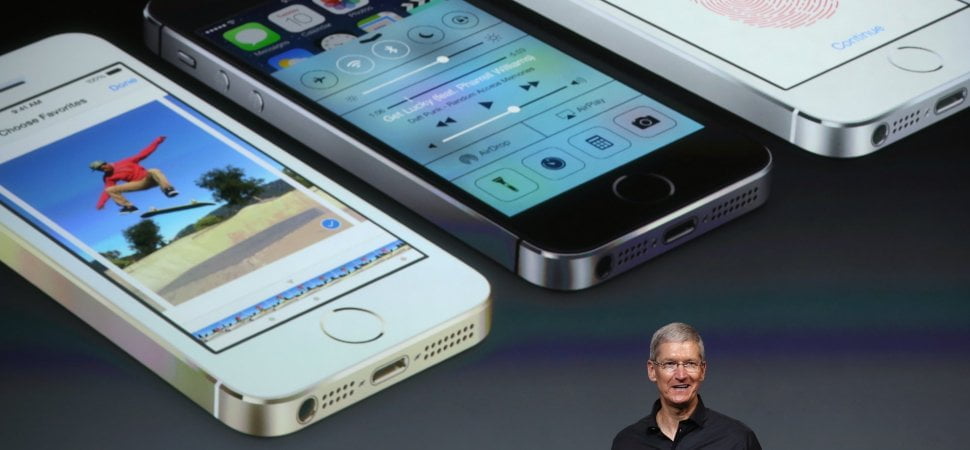Rumors have it that Apple’s iPhone 8 will have a price tag of $999. Although some fans will undoubtedly pony up a grand each, millions will likely shy away. And that could be the beginning of Apple’s end.
Although we’ve seen market worrying iPhone sales slumps before, things did rebound. But this time it’s different for a number of reasons.
Apple’s dependence
Dependence on a market or product line is always a challenge. Sometimes it’s masked, as with a small local company that works within a local geographic market. There’s only so large the company will grow. The company owner doesn’t experience the dependence so sharply.
But expectations of Apple among customers, investors, business partners, and employees are enormous. They want revenue and profit that keeps expanding. Historically, that has meant more and more iPhones. Here’s a breakout of revenue by product line, including iPhone, iPad, Mac, services, and other products.
Essentially sales are the iPhone and then everything else paradoxically being worth billions in revenue and little in comparison. The black line through the iPhone sales is a trend that is moving downward. Here’s a look at unit sales of iPhones, iPads, and Macs from Q1 of fiscal year 2012 through Q3 of 2017. (Apple doesn’t break out Apple Watch and Apple TV sales separately, which suggests that they’re not much in comparison.)
The slowing trend on iPhones could be a matter of discounting, except that it isn’t. Here’s an analysis of unit sales, also with a trend line.
And no matter what resources Apple has put forth, it has yet to find with a true financial follow-up to the iPhone.
Higher highs and lower lows
Because each of the graphs covers years of sales, we can see the ups and downs of seasonality, competition, and market trends. Over time, sales have become more volatile. The peaks are certainly higher; the troughs, however, are lower. As the bottom drops away quickly, growth flattens and continues to curve down.
Another problem issue is the geographic distribution of sales, as the graph below shows.
Everything depends on the Americas, which largely means North America. Consumers in the U.S. form the single largest customer block. China was supposed to be the future of growth for Apple, but the trend line in the graph follows sales for the region. It, too, is trending down as China has a dominant native smartphone industry.
This is an elaborate way to say that the reported $999 price tag, if true, could be brutal for sales. China’s consumers are notoriously price sensitive. A sudden jump in the cost could easily set back sales there.
As for the U.S., consumers here have been loyal, but even here there is price elasticity. You can’t without restraint continue increasing the price on a good and expect sales to continue apace. How much more performance can you provide?
At that price, how many people will continue the upgrade march? Perhaps many might, but you can’t safely assume it. Carriers no longer subsidize the cost of the phone and spread it out, unseen, in monthly payments. Will you pay $40 to $50 a month to Apple for the iPhone upgrade program to keep current? Or stick with what you have for a good while longer?
If customers don’t rush up to the counter at previous levels, that would start an unpleasant set of reactions. The press would claim that Apple was on the ropes, no matter how much money it still had. Investors would respond to the prospect of an iPhone unit sales drop by pulling back, sending shares down. Fewer units begin to undermine the Apple mystique and assumption among many that the iPhone is the only one of choice. A high price tag can do that to you.
Apple will continue to exist, but not the way it has. And that will be the beginning of the end, a decline that would take a price reduction or new market — India, for example, which is also price sensitive.

